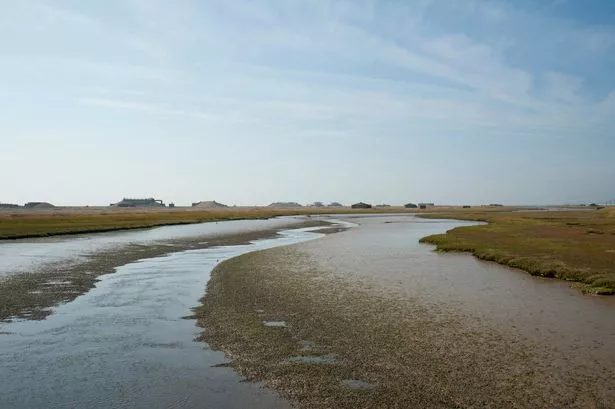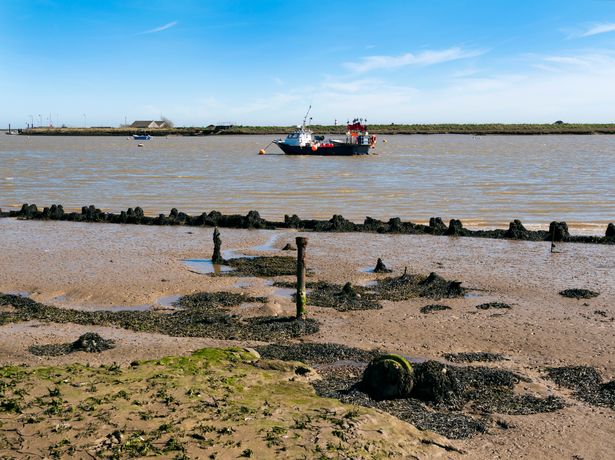A seemingly innocent shingle beach home to flora and fauna is actually home to many decaying concrete bunkers prompting the National Trust to erect bomb warning signs
A small shingle beach full of flora and fauna nestled in Suffolk is home to weird ‘treasures’ and signs warning tourists of bombs in the area.
Orford Ness seems like a normal beach at first glance. Diverse breeds of plants sprout here and there, while hares and deer are often spotting grazing in the area. However, there is a strangeness to the place when one looks a little closer.
The beach is regularly hit by flytipping, meaning mounds of rubbish pile up around old concrete bunkers that have been left to slowly crumble following the wars. Large twists of rusted iron burst out of the pebbles.
Arguably the weirdest beach in the UK, Orford Ness has attracted a wealth of attention over the years including from artists, conspiracy theorists and heritage experts. In a bid to deter tourists and the dangers which may lay there, the National Trust has made the beach only accessible via a small ferry which must be booked on a Thursday, while also warning visitors about the possible presence of unexploded bombs.
READ MORE: North Korea opens weird attraction to tourists – a sea cucumber farm
The area was formerly administered by the Ministry of Defence, which is believed to have conducted secret military tests during both World Wars and the Cold War. The Atomic Weapons Research Establishment also had a base on the site that is used for environmental testing. Many of the buildings from the time period remain visible from the quay at Orford.
The area was also used as a location for the Orfordness Beacon, which was one of the earliest experiments in long-range radio navigation. The Beacon was initially set up in 1929, and used in the pre-war era. Later in the 1930s Orford Ness became the site of the first purpose-built experiments of the defence system that later became known as radar.
The site was not accessible to the public or many years, leading locals to whisper about what may lay there and its curious history. One of the more widely known stories is that Nazi troops attempted to invade England and supposedly disembarked at the tip of the peninsula before being repelled with a wall of fire. Official sources and declassified documents have discredited the story in recent years.
More recently, the area has been subject to a string of UFO sightings, including an alleged extra-terrestrial glimpse in 1980.
In September 2023, in an effort to understand the area more, the National Trust employed contractor Bam to survey the sight using drones and a dog-like robot named Spot. Due to the concrete decay in the area, humans could not safely survey the site. National Trust archaeologist Angus Wainwright said the team wanted “to see if it’s possible to do a really detailed building survey with no human operator in the building.”
Whilst the site doesn’t have a café, there is one called The Riverside Tearoom back in Orford, which serves a selection of hot drinks, pastries and sandwiches.

